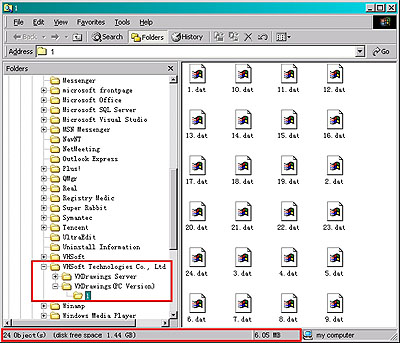

While in Single layer mode, press “+” or “-“ to switch between layers. Press “ Shift + S” to enter single layer mode. If you do not have a numeric pad, use the “2” key, followed by the “L” key to toggle the next layer. The via is now on your cursor, ready to be placed on the next layer to continue routing.

While routing, press the “+” or “-” key to drop a via. While this list is extensive, there are a few you should be leveraging that are not listed. On top of it’s Unified Platform, easy to use UI, and automated output generation, SOLIDWORKS PCB also includes a clean shortcut panel that includes great shortcuts available across the platform. SOLIDWORKS PCB is not one of those tools. This entry was posted in SOLIDWORKS, Tech Tips and tagged Keyboard Shortcuts, SOLIDWORKS.Sometimes you come across tools that unfortunately skipped out on an intuitive User Interface or easy to use commands, which could have been easily implemented to exponentially increase productivity. From there use “Customise” to make ones for yourself. If you are yet to try using shortcuts I would recommend these options. It can also make presentations look smooth and effective. These are great for selecting tricky and otherwise hidden geometry.Ĭombining these shortcuts together will increase the speed in which you can model and navigate the software. (V)ertices and (E)dge filters are easy to remember, leaving (X) for Faces. However, when used correctly these are great tools for selecting trick geometry. Most users first encounter with these shortcuts are accidental, the mouse isn’t selecting what you want and there is a new icon next to the cursor. These three commands are great when using Solidworks as a presentation tool and used in conjunction with the previous shortcut can make navigating through assemblies very clear.
#Hotkeys for edrawings viewer full
F10 toggles the control manager and F11 makes Solidworks go full screen. F9 controls the design tree/feature manager. These three have been grouped because they all do similar functions, they are all Hide/Show UI. Then to get the component back, hover over the component and press Shift+Tab. Using the Tab key when hovering over a component will hide it. When working on large assemblies or multibody parts it can be frustrating to use the various mouse ways to hide and show a component. This makes it extremely quick to go straight from sketch to feature. My personal favourite is to add commands to Sketch which can be activated without having to exit the sketch, such as Rib and Extrude. You can alter the sets and have a separate one for Sketch, Part, Assembly and Drawing. The S key gives access a customizable toolbar of features. It is first check I perform when I faced with rebuild errors. Often a Ctrl+Q can fix some issues which are persist through the standard rebuild. This Forced Rebuild will also rebuild any views on a drawing which have sketch entities or require rebuilding. When working on a part, forced rebuild will rebuild every feature in the Feature Tree, this is different to a standard rebuild (Ctrl+B) which will only rebuild changed features. Below is a short list of my top 5 favourite and most used keyboard shortcuts, they are standard shortcuts that can be used by anybody.


 0 kommentar(er)
0 kommentar(er)
